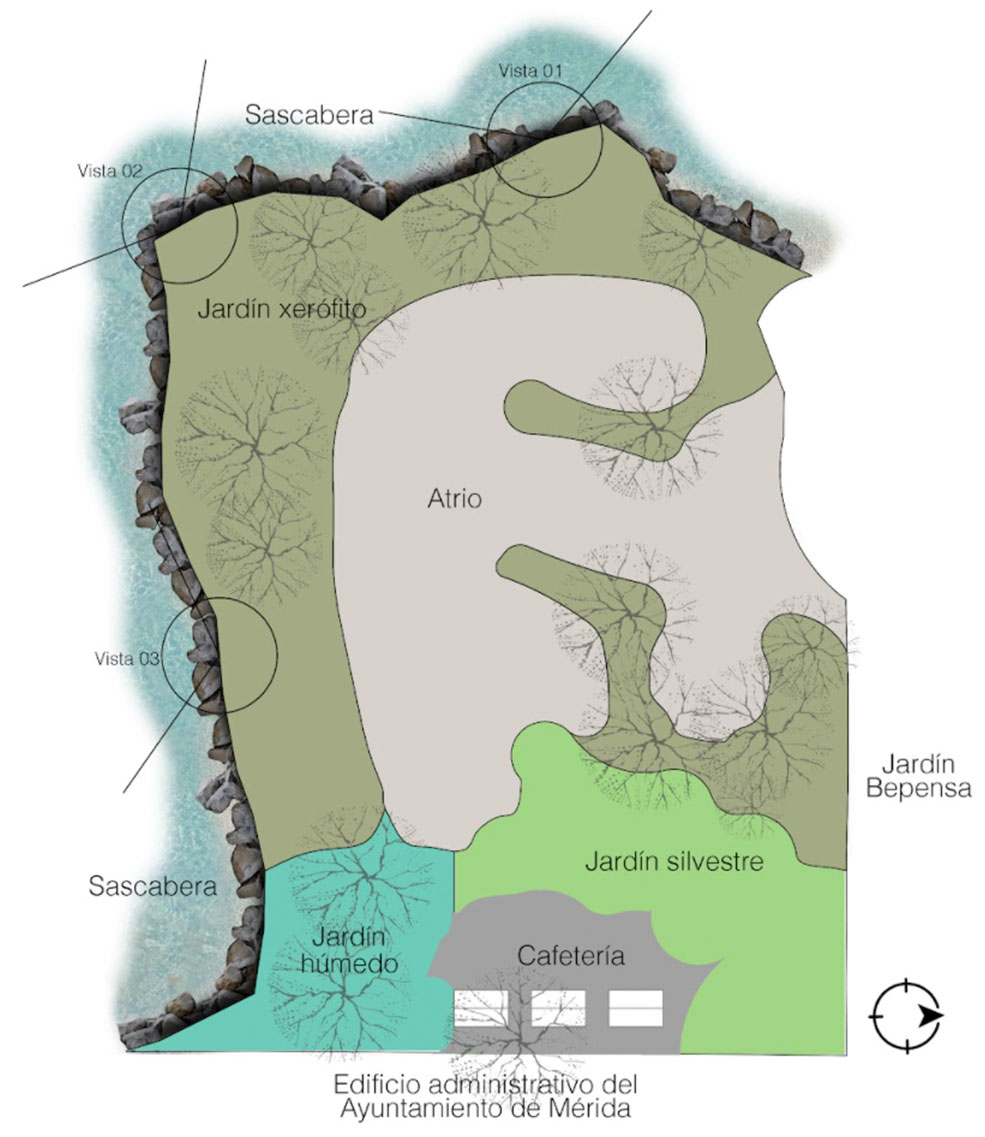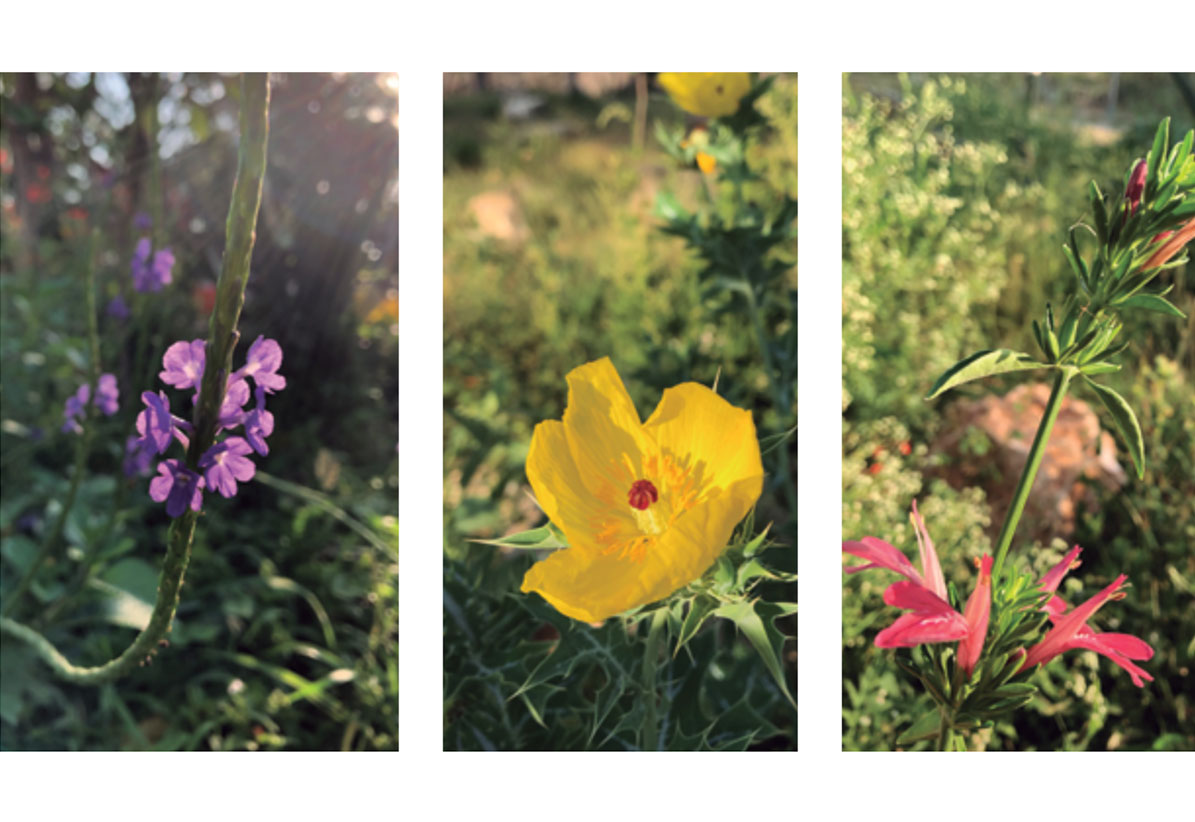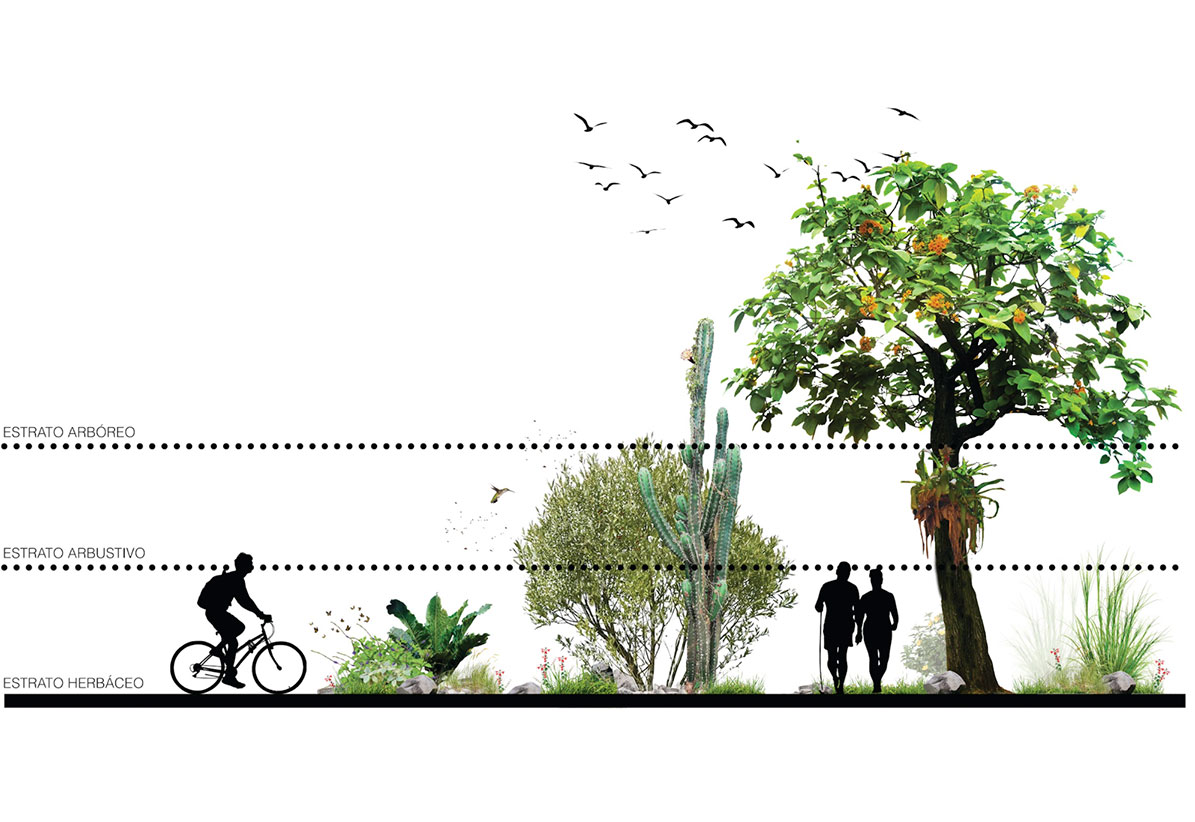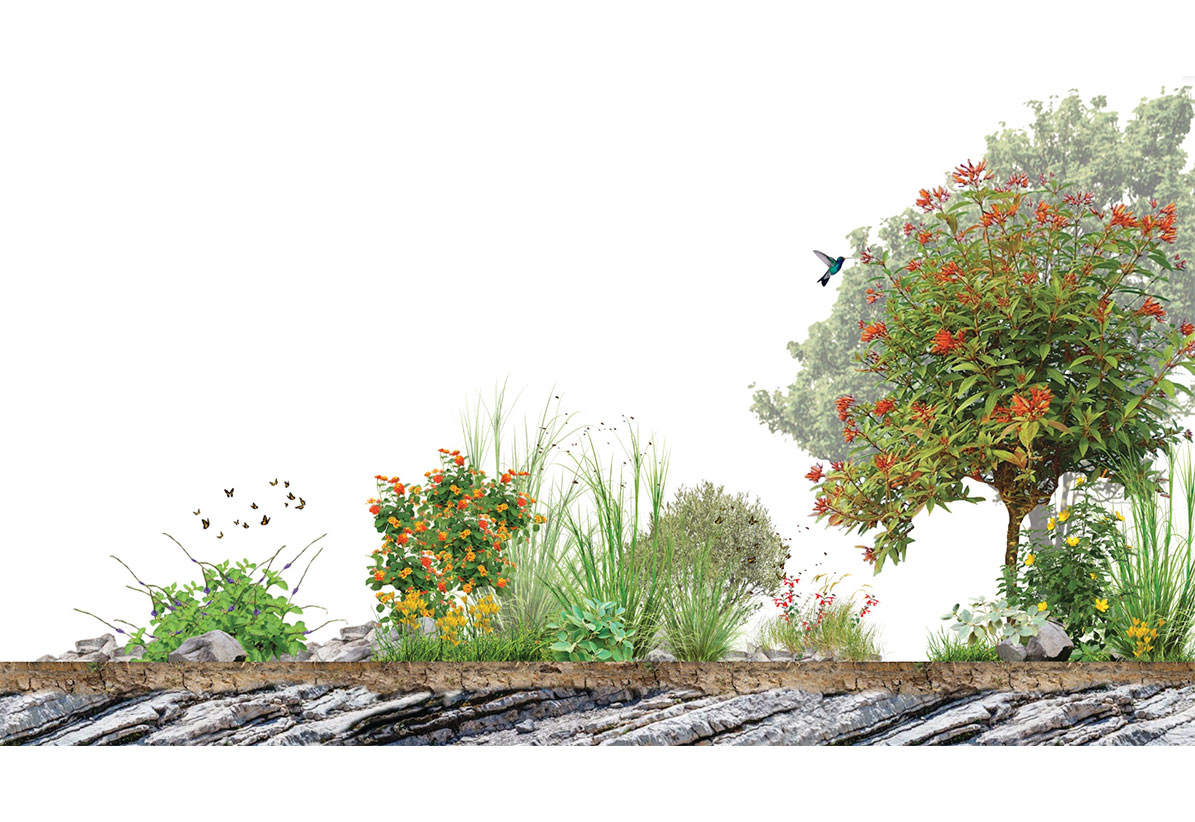
The Agavario of Xoclán, a window to the ancestral universe of henequen
Juan Pablo González Negrete in his article tells us about the Agavario of Xoclán, a window to the ancestral universe of henequen located in the Xoclán Archaeo- ecological Park.
Immersed in the green lung of the “Parque Arqueo-ecológico de Xoclán” located in Méri- da, specifically in the southwest corner of the Bepensa garden and urban recreation, there is a thematic plantation that houses 4 different henequen cultivars and that promotes new forms of sustainable gardening, but above all, it honors the rediscovered green henequen, today known as Agave sisalana.
This plant, commonly known in Yucatan with the Mayan name ya’ax-ki, remained forgotten for almost two centuries, and it was not until 2018 that Dr. Jorge Carlos Trejo Torres began an investigation in this regard, which posed the reunion of the green henequen on the peninsula, a species known around the globe thanks to Henry Perrinche, when he exported the species to Florida in 1833.

Agavario of Xoclán plan Illustration: Arq. Rodrigo Escamilla Pérez (Jardines Nativos Mexicanos, JNMX)
After a very meticulous research process, the green henequen regained its place within the native species of Yucatan, reason why the idea of making the agavario was born, whose purpose was to dignify the species that for so long had been considered lost.
Inside of the Bepensa garden, the path opens to the Agave themed garden. This trail is run by a group of broad-leaved plants or mesophytes (adapted to medium humidity conditions) and by trees that provide the necessary shade for their support.
Here a couple of species sprout plainly, Agave angustifolia var. angustifolia (chelem) and Agave fourcroydes (white henequen), which complement and accompany the true protagonist of the history of this place.

Floral and aromatic plants Photography: Arq. Rodrigo Escamilla Pérez (Jardines Nativos Mexicanos, JNMX)
Two paths lead to the center of the garden where the interpreter of this exhibition is honorably presented, the green henequen which, together with thorny, succulent and rosetophilic plants make a sample of xerophytic species, tracing the boundaries of the land. When you look up, in the garden atrium, the treetops open, allowing you to admire the ceiling.
When the planning of the project was done, it was sought that the gardens were crowned by the natural beauty of the place, therefore, the line of trees accepts the protection of all kinds of plants and in turn allows integration with the atmosphere that surrounds it.
Based on certain criteria, the zoning was carried out for the modules that were projected; The limits and the configuration of the terrain were observed, but above all the existing flora was recognized. It should be noted that, in Yucatan, the vegetation that germinates and grows in wastelands without human care is misguidedly known as “weed”; This classification does not make a distinction between the types of plants, either to the detriment or benefit of the ecosystem. Because of this, some plants that were beneficial to the project were preserved.

Vegetation layers Illustration: Arq. Rodrigo Escamilla Pérez (Jardines Nativos Mexicanos, JNMX)
The design of the vegetation is composed of layers, which consist of: the aerial, the shrub and the herbaceous; These run in a regenerative gardening that promotes biodiversity by providing shelter for the local fauna and by providing the adequate substrate for the various species.
In the northeast corner of the agavario, next to a contemporary building, a wild garden grows (not so spontaneously), with easy-to-recognize lines, similar to traditional gardens.
This module walks along a path that runs through floral and aromatic plants, such as Aphelandra scabra, Salvia coccinea, Hamelia patens, Croton peraeruginosus, Malvaviscus arboreus, Zapotec formosa, Lantana canescens, Stachytarpheta jamaicensis, Andropogon glomeratus, among others, which due to their fragrances and colors they generate an immediate link with the visitor.

Wild garden Illustration: Arq. Rodrigo Escamilla Pérez (Jardines Nativos Mexicanos, JNMX)
Heading southeast, on the steepest part of the property, the garden subtly changes to
a humid environment of mesophyll plants. Through this module, runoff continues its course towards the precipice. An example of the intervention carried out by the work team was the application of stone slopes, both to avoid the runoff of the substrate and to be able to contain the nutrients in their place.
Some of the plants that grow there are Crinum erubescens, Hymenocallis caribaea, Hymennocallis littoralis, Zephyranthes orellanae, Anthurium schelchetendalii, among many others. The most impressive thing about the agavario are the views it offers.
The periphery of the land is defined by a xerophytic garden, where the bushes and trees open windows towards the horizon, in which you can see exuberant vegetation that is part of the Xoclán forests, unique in its kind within the city.

Sascabera Illustration: Arq. Rodrigo Escamilla Pérez (Jardines Nativos Mexicanos, JNMX)
The edges of the park are made up of a sasca- bera that was exploited and abandoned a few decades ago, and which currently enriches the naturalized landscape. This ecosystem has genuinely transformed the terrain, as nature has created a wild habitat that changes as time passes. The viewpoints are an amphitheater that exalts the earth and the sky and, in a few places, you can see a scenery that covers all aspects of the landscape, including astronomical ones. In fact, the limits of the Agavario end as far as the eye can see.
The design of this project achieves an extraordinary transition between the anthropogenic and the native, since it interacts with an ecosystem that protects, to date, more than 480 plants with 137 species from 48 botanical families, of which 12 are exclusive endemic species. from the Yucatan peninsula. Its objective is to promote a new way of creating regional green spaces that provide a more sustainable vision, coexisting in harmony with modern life.

Agavario of Xoclán Photography: Arq. Rodrigo Escamilla Pérez (Jardines Nativos Mexicanos, JNMX)
The realization of the Agavario is an achievement of the Sustainable Development Unit of the Mérida City Council (2018-2021), the GIZ (German Cooperation for Sustainable Development) and the Bepensa Company and Foundation. Contributed to the project: The Dr.
in Biol. Jorge Carlos Trejo Torres, Prof. María Teresa Solís Trejo, Scott and Angela Damman, Arch. Rodrigo Escamilla Pérez, Biol. Gaspar Mauricio Puerto Graniel and the engineer Andrés Jiménez Peniche.
Credits
Original concept: Dr. Biol. Jorge Carlos Trejo-Torres
Collaboration: Prof. María Teresa Solís Trejo , Scott & Angela Damman, Dr. Biol. Jorge Carlos Trejo Torres
Landscape Design and Landscape Project: Arch. Rodrigo Es- camilla Pérez, Dr. Biol. Jorge Carlos Trejo Torres, Engr. Andrés Jiménez Peniche, Biol. Gaspar Mauricio Puerto Graniel
Implementation and Maintenance: Engr. Andrés Jiménez Peniche, Dr. Biol. Jorge Carlos Trejo Torres, Biol. Gaspar Mauricio Puerto Graniel, Architect Rodrigo Escamilla Pérez
Production and realization: Sustainable Development Unit – H. Ayuntamiento de Mérida 2018-2021, Fundación Bepensa, GIZ (German Cooperation for Sustainable Development)











